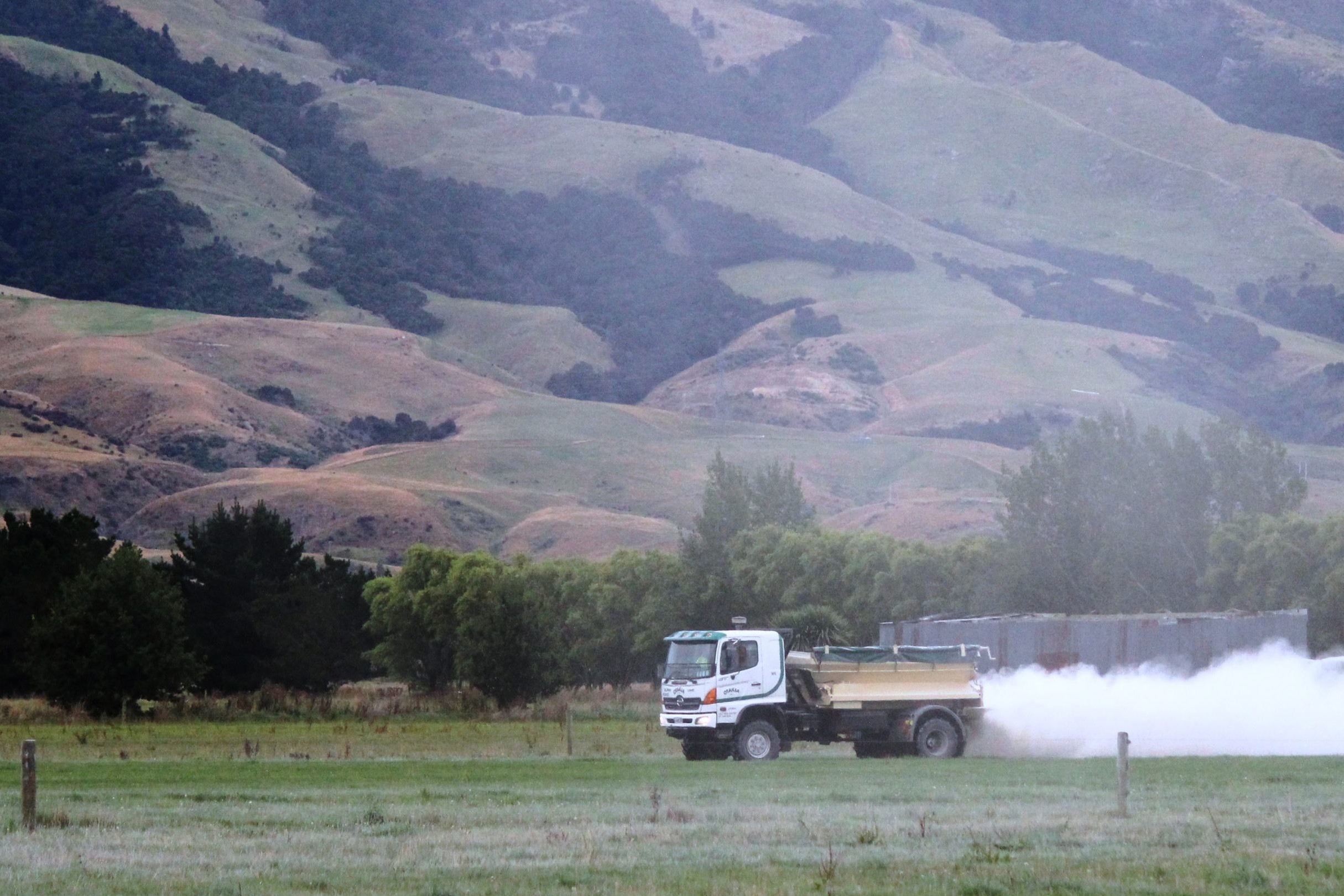BY RAEWYN DENSLEY
Controversy over an appropriate rooting depth to use when calculating nitrogen (N) losses under maize, led to the birth of a significant environmental research programme for Pioneer® brand seeds.
Three years down the track, the recently released results show there is opportunity for maize to be used as a mitigation strategy to help decrease on-farm nitrogen losses, but only if it is paired with a winter catch crop and a good nitrogen management system.
“The most commonly used on-farm leaching loss model assumed maize had a rooting depth of 60 cm,” says Jamie Millar, Research Associate for Pioneer. “We knew that maize roots grew deeper but there was little information about the effective rooting depth of maize or nitrogen loss beneath it in New Zealand”.
In an attempt to quantify N loss from maize and forage crop systems Jamie and her research team colleagues established an array of suction cups and barrel lysimeters on a long-term maize cropping block near Te Awamutu.
The plots had maize growing on them during the summer months. This was harvested as silage in the autumn and three winter catch crop options (oats, annual ryegrass or oats plus annual ryegrass) were established alongside a fallow plot. Throughout the season nitrogen leaching was measured using an extensive array of ceramic sampling cups and barrel lysimeters placed below the plots at 70 and 120cm depth.
“The suction cups allowed us to measure the nitrogen concentration while the lysimeters measured the total volume of water draining through the soil,” Jamie says. “There was a large amount of machine and hand digging to get everything in place.”
To ensure the system had surplus nitrogen, synthetic nitrogen was applied to allow a total soil N level of 500 kg N/ha during the maize growing cycle. Most of the synthetic nitrogen was applied as sidedress when the maize plants were “gumboot” high.
Despite the excessive fertiliser input, there was virtually no nitrogen leached during the maize growing season. Areas established in a catch crop leached very low levels of nitrogen over winter, resulting in a small annual leaching loss of 6-7 kg N/ha while plots which were fallow over the winter lost significantly more – about 64 kg N/ha.
There were two reasons why winter catch crops reduced nitrogen leaching. Winter plant growth required nitrogen and growing plants transpired, using soil water. The combination of less water running through the soil and less free nitrogen in the soil provided a 10-fold drop in the amount of N leached.
“It was really noticeable when we took our measurements after a rain event,”
Jamie says. “There would be a lot of water under the fallow plot lysimeters and none or very little under the catch crops”.
Overseas research and farmer practice has also shown that maize is an effective option for mitigating nitrogen leaching and this local research shows that even when planted in a high nitrogen environment, the losses from under maize can be very low.
“It’s exciting because farmers and councils can have confidence that maize paddocks are not losing nitrogen and perhaps in the future, we can incorporate maize into farm systems to mop up surplus nitrogen in effluent or winter cropping paddocks,” Jamie says.
Another interesting result from the research was the difference between N-leaching losses at 70 vs 120cm measurement depth (Figure 1).
“Compared to other crops or plants, maize has a very deep effective rooting depth and leaching measurements taken at shallow depths can significantly overestimate N losses under maize,” Jamie says. “In our research the nitrogen loss at 70 cm was at least three times greater than that measured at 120cm”.
These results highlight the importance of getting the depth correct when measuring or modelling nitrogen leaching losses under maize.
Regardless as to whether you are a maize grain or silage grower, the results are very clear. If you want to reap the full environmental benefits of maize, you have to get a catch crop in as soon as the maize comes off.
“Winter catch crops reduce nitrogen and sediment losses and they improve soil water holding capacity,” says Jamie. “They can be harvested to provide additional income, or, in some cases, left in the paddock to provide nutrients for the next crop reducing the need for additional fertiliser.”





